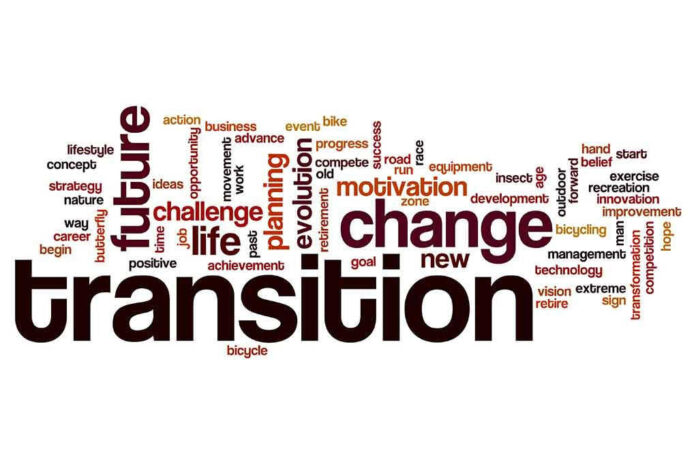
The difference between retiring comfortably and facing financial disaster in your golden years often comes down to one comprehensive exercise that most near-retirees either skip entirely or approach with dangerous overconfidence.
Story Overview
- Near-retirees must conduct a holistic retirement readiness assessment that goes far beyond basic savings calculations
- The exercise requires stress-testing your entire financial plan across multiple scenarios while you still have time to make adjustments
- Five major forces are reshaping retirement in 2025, making this comprehensive review more critical than ever
- Professional guidance is essential as the shift from accumulation to distribution requires fundamentally different strategies
The Retirement Reality Check That Changes Everything
This isn’t your grandmother’s retirement planning. The essential exercise every near-retiree must complete involves a comprehensive evaluation that examines whether your retirement funds can replace 70-90% of your pre-retirement income while accounting for inflation, healthcare costs, and market volatility. Financial experts warn that the transition from saving money to living off your savings represents one of the most stressful challenges retirees face, yet most people approach it with inadequate preparation.
The exercise demands examining scenarios that basic retirement calculators ignore: relocation plans, potential small business ventures, gift and estate planning considerations, and realistic life expectancy projections. Sharon Duncan, a certified financial planner, puts it bluntly: “You’re likely to be retired 20, 30, or more years. Inflation will make your cost of living go up, but your retirement income will probably not go up as fast.”
Why Traditional Retirement Planning Falls Short
The fundamental problem lies in how retirement has evolved. Defined benefit pension plans have largely disappeared, replaced by defined contribution plans that shift investment risk and longevity risk directly onto your shoulders. This seismic shift means you’re now responsible for making your money last through decades of retirement while navigating market downturns, healthcare crises, and inflation.
Traditional planning focused on accumulation strategies, but the distribution phase requires entirely different skills. You must determine sustainable withdrawal rates, manage sequence of returns risk, and coordinate multiple income sources including Social Security, retirement accounts, and potentially part-time work income. Getting these calculations wrong can derail your entire retirement.
The Five Forces Reshaping Your Retirement Future
Five major forces are dramatically altering retirement planning in 2025, making this comprehensive exercise more urgent than previous generations faced. Longer life expectancies mean your retirement savings must stretch further than ever before. Increased market volatility requires sophisticated risk management strategies that most retirees haven’t considered.
The shift to defined contribution plans places unprecedented responsibility on individual decision-making. Non-traditional retirement patterns mean fewer people follow the classic “work until 65, then stop” model. Healthcare costs continue rising faster than general inflation, creating a moving target for expense planning. These forces combine to create a retirement landscape that demands proactive, comprehensive planning rather than hope-based strategies.
The Critical Components You Cannot Ignore
The retirement readiness exercise must address six essential areas that determine success or failure. First, assess your complete financial position by examining retirement dates, expected expenses, current savings, investments, and all potential income sources. Second, realign your investment portfolio from growth-oriented to income-focused strategies while maintaining appropriate diversification.
Third, prepare for inflation’s devastating impact on purchasing power throughout retirement. Fourth, implement market protection strategies to guard against sequence of returns risk in your early retirement years. Fifth, integrate comprehensive healthcare planning including Medicare options and long-term care insurance. Sixth, eliminate debt before retirement to maximize financial flexibility and reduce required income.
Professional Guidance Makes the Difference
Retirement income certified professional Beau Henderson delivers a sobering warning: “You must revisit your retirement income plan to make sure your retirement income is enough to exceed expenses so that you do not risk having to unretire or, worse, run out of money.” The stakes are too high and the variables too complex for most people to navigate successfully without professional help.
Fee-only fiduciary advisors provide crucial assistance in avoiding common mistakes like incorrect asset allocations early in retirement or insufficient income planning. They help address emotional readiness alongside financial preparation, recognizing that psychological factors often determine retirement satisfaction as much as account balances. The investment in professional guidance typically pays for itself by preventing costly errors and optimizing strategies you might never discover independently.
Sources:
6 Things to Do If You’re Nearing Retirement – Charles Schwab
Planning to Retire Soon? Do These Things Now – Bankrate
Retirement Planning Workshop – Florida Retirement System
Retiring in 2025 – Acts Retirement
Retirement Planning: An Introduction – NerdWallet
2025 Trends in Retirement Research – Financial Planning Association
Managing Financial Goals During Retirement – JPMorgan
Financial Planning New Year Resolutions – Morgan Stanley
Forces Shaping Retirement – Creative Planning















